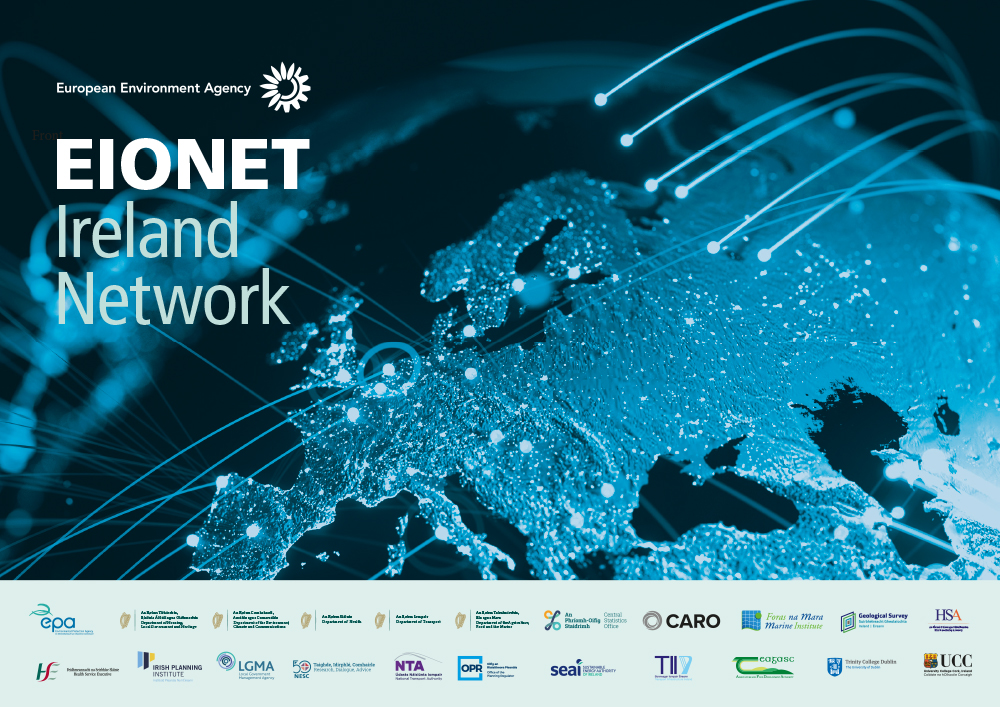The European Environment Agency (EEA) is an agency of the European Union. It gathers data and produces assessments on a wide range of topics related to the environment. It does so in close cooperation with its extensive partnership network, the European Environmental Information and Observation Network, known as the Eionet.

National Focal Points (NFPs) are the primary national contact points in the Eionet and the EEA works closely with them. Typically based in a national environment agency or environment ministry, an NFP is appointed by their EEA member country.
The Environmental Protection Agency acts as the NFP for Ireland, coordinating environmental information exchange with the EEA and others. In its NFP role, the EPA maintains and develops the national network. It also facilitates and coordinates contacts, requests and deliveries between national and EU level.
The provision of high-quality data by the Eionet is fundamental to the EEA achieving its mission to deliver data and knowledge in support of Europe's environment and climate ambitions. Data is reported by EEA member countries through the EIONET in a variety of areas. These include air emissions and quality, biodiversity, climate change mitigation, industrial pollution and water. This core data is used by the EEA for its main assessments, products and services.
The EPA is also the designated National Data Flow Coordinator for Ireland and oversees the submission of high-quality environmental data to the Eionet.
Learn more about the EEA and Eionet